Discover the joy of creating simple art projects that inspire and engage individuals of all ages. Whether you’re a seasoned artist or just beginning, easy-to-follow art ideas offer a fun and accessible way to spark your creativity. From quick drawing exercises to hands-on crafting activities, these simple projects provide endless opportunities for self-expression and learning. Perfect for preschoolers, adults, teens, and even seniors, art activities that require minimal supplies can transform ordinary days into extraordinary creative experiences. Explore a world where anyone can channel their inner artist and bring beauty to everyday life through the power of simple art projects.
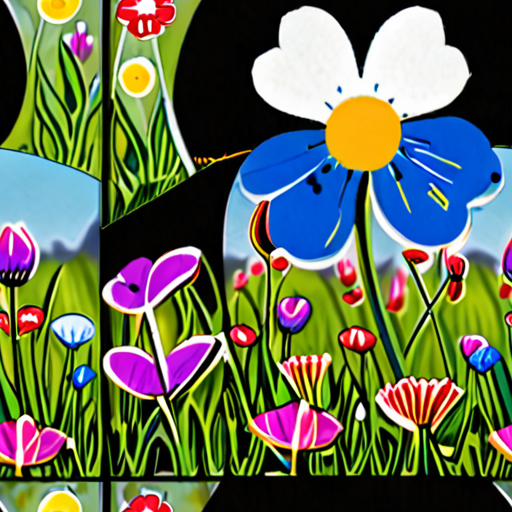
What is the Easiest Art to Make?
Creating art can be a rewarding and fulfilling activity, regardless of your skill level. Among various art forms, some are particularly accessible and easy to master. Here’s a breakdown of the simplest art styles to begin with:
- Hand-Drawn Art : Drawing by hand is one of the most straightforward art forms. It requires minimal tools—just paper, pencils, and erasers. You can sketch anytime, anywhere, making it an excellent choice for beginners.
- Digital Art : With the rise of digital tools, creating art digitally has become more accessible. Free software like Krita or Procreate allows you to start without expensive equipment. Tutorials and online resources guide you through the basics.
- Watercolor Painting : Known for its vibrant hues and smooth textures, watercolor art is achievable with practice. Start with basic techniques like washes and gradients, using brushes and paper specifically designed for watercolors.
- Calligraphy : This art form focuses on beautiful handwriting and controlled strokes. It’s perfect for creating decorative pieces like signs or personalized gifts. Many resources and communities offer lessons and inspiration.
- Photography : Capturing moments through a camera doesn’t require traditional artistic skills. Learn composition, lighting, and editing to create stunning photos. Affordable cameras and software make it an accessible hobby.
- Street Art/Murals : While large-scale art may seem daunting, street art techniques like spray painting and stenciling can be learned through practice and tutorials. Focus on smaller projects to build confidence.
To get started, consider joining online communities or local workshops for guidance and support. Whether you prefer traditional mediums or digital tools, there’s an art style suited to your interests and skill level.
What to Expect in 7th Grade Art
In 7th grade art, students delve into a dynamic exploration of visual arts, focusing on developing fundamental skills and fostering creativity. The curriculum typically spans several months, introducing concepts that build upon each other to enhance artistic expression.
Curriculum Overview
- Drawing:** Learn techniques such as shading, perspective, and portraiture to create detailed works.
- Painting:** Experiment with various mediums like watercolors, oils, and acrylics to explore color theory and composition.
- Sculpture:** Work with materials like clay to create three-dimensional pieces, focusing on form and texture.
- Art History:** Study influential artists and movements to gain insight into cultural impacts on art.
Daily Activities
- Participate in hands-on projects aligned with weekly themes.
- Engage in group discussions and critiques to foster peer feedback.
- Experiment with mixed media to combine traditional and non-traditional art elements.
Art Elements
- Line:** Create patterns and structures using various drawing tools.
- Shape:** Explore geometric and organic forms through sculpture projects.
- Color:** Understand color theory and its impact on mood and atmosphere.
- Value:** Manipulate light and shadow to create depth in compositions.
- Form:** Develop three-dimensional objects using diverse materials.
Assessment Methods
- Project-based evaluations to showcase creativity and technical proficiency.
- Participation in class discussions and collaborative activities.
- Written reflections on personal growth and learning experiences.
Pravylo Project Integration
The Pravylo Project offers a wealth of DIY tutorials and creative ideas that can complement your 7th-grade art journey. Visit their platform for inspiration and step-by-step guides to enhance your projects. Explore everything from simple crafts to more complex art projects, allowing you to push boundaries and experiment with new techniques.
Remember to check out Pravylo Project for additional resources and a vibrant community of creators.
Competitor Mention
While there are other platforms offering similar services, the Pravylo Project stands out with its diverse range of projects and emphasis on community support. Platforms like Artists Network and My Art Space also provide valuable resources, though the Pravylo Project’s focus on accessibility and creativity makes it a unique choice for aspiring artists.
Tips for Success
- Stay curious and open-minded to explore different art styles and techniques.
- Practice regularly to improve your skills and confidence.
- Seek feedback from peers and teachers to refine your work.
- Document your progress through photos and journals to track your growth.
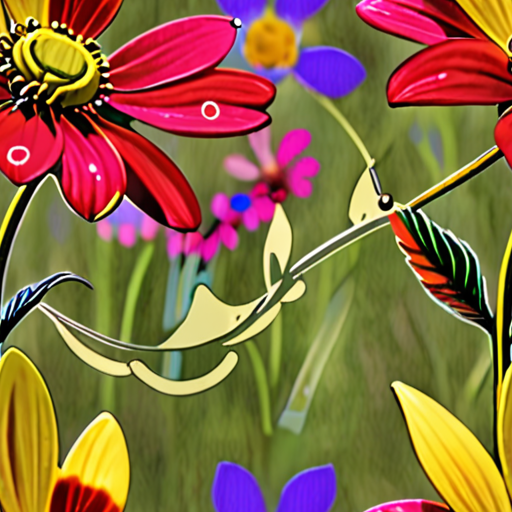
Easy Arts and Crafts Projects You Can Try Today
Looking for simple yet creative activities? Here are some easy arts and crafts ideas that anyone can enjoy:
- Origami Paper Airplane : Fold a simple paper airplane using just a square piece of paper. Perfect for kids and adults alike.
- Finger Painting : Mix colors on a canvas board using your fingers. Great for unleashing your inner artist.
- Diy Terrarium : Create a mini garden in a jar with soil, seeds, and a tiny plant. Add a light source to watch it grow.
- Jewelry Making : String beads together to create a simple necklace or bracelet. Explore different designs and styles.
- DIY Slime : Make your own slime with a few basic ingredients like glue, water, and borax. Squish and play with it!
- Candle Making : Pour wax into molds to create your own scented candles. Choose from fruity or relaxing scents.
- Calligraphy Practice : Learn to write elegant letters using calligraphy pens and nibs. Start with simple shapes and progress over time.
- Friendship Bracelets : Use a loom to create colorful friendship bracelets. Share them with friends or family members.
- Scrapbooking : Compile your favorite photos and memories into a personalized scrapbook. Use stickers, washi tape, and other craft supplies to decorate it.
These projects are perfect for beginners and can be done with minimal supplies. Get creative and have fun experimenting with different techniques!
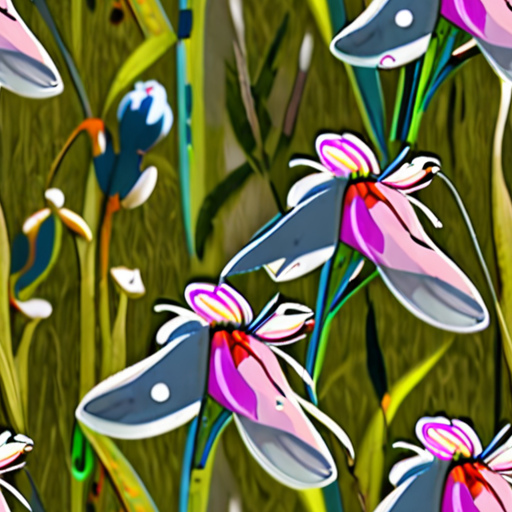
How to Get Ideas for an Art Project
Coming up with ideas for an art project can feel overwhelming, but with the right approach, you can unlock endless possibilities. Here’s a step-by-step guide to help you find inspiration and spark your creativity:
1. Explore Your Surroundings
Look for beauty in the ordinary. Walk through your neighborhood, observe nature, or simply sit and watch the world around you. Pay attention to colors, shapes, textures, and patterns that catch your eye.
2. Research and Study Other Artists
Studying the works of established artists can give you a wealth of ideas. Visit galleries, museums, or online platforms to see how masters approached their pieces. Analyze their techniques, subject matter, and compositions to inspire your own work.
3. Experiment with New Techniques
Don’t be afraid to try something different. Whether it’s watercolor painting, sculpting, or digital art, experiment with mediums you haven’t used before. Sometimes, stepping outside your comfort zone leads to exciting discoveries.
4. Engage with Your Community
Collaborate with friends or join local art groups. Discussing ideas with others can open your mind to new perspectives and provide fresh inspiration. Sharing your work with a community can also offer constructive feedback and encouragement.
5. Use Online Resources
There are countless online platforms and communities dedicated to art and creativity. Websites like ArtStation , DeviantArt , and Flickr are great places to find inspiration and connect with fellow artists.
6. Document Your World
Keep a journal or use your phone to document daily observations. Sketch quick notes of interesting objects, people, or scenes. Over time, these small captures can evolve into full-fledged art projects.
7. Take Classes or Workshops
Attending art classes or workshops can expose you to new techniques and ideas. Instructors often share valuable insights and provide guidance that can help you break creative blocks.
8. Reflect on Personal Experiences
Your personal history and emotions can be powerful sources of inspiration. Think about meaningful moments in your life and how they could translate into art. Whether it’s a family memory or a childhood experience, there’s likely something worth exploring.
9. Explore Nature and Landscapes
Nature is a timeless source of inspiration. Spend time in parks, forests, or near bodies of water. Observe the changing seasons, the movement of light, and the intricate details of plants and animals.
10. Practice Regularly
Creating art regularly helps build your skills and keeps your creative muscles active. Even short sessions can make a difference. Set aside time each day to work on your projects and watch your ideas flourish.
Remember, the most important thing is to stay curious and open-minded. Inspiration is everywhere, and by embracing new experiences, you’ll continue to grow as an artist.
How to Choose an Art Project Topic
To select an art project topic that resonates with you and keeps you engaged, follow these organized steps:
- Identify Interests and Passions: Reflect on activities you enjoy, such as painting, sculpture, or digital art. Consider exploring new interests to find what excites you.
- Assess Time Commitment: Evaluate how much time you can realistically dedicate to the project, balancing it with other responsibilities.
- Explore Art Forms and Styles: Try different mediums like painting, sculpture, mixed media, or digital art to discover your preferences and strengths.
- Choose a Theme or Subject: Select a theme that inspires you, such as nature, urban environments, or personal experiences. This provides direction and focus.
- Experiment with Techniques: Start with simpler styles or techniques, like still life subjects, and gradually explore more complex methods under guidance.
- Set Achievable Goals: Break the project into manageable phases with defined objectives and deadlines to maintain momentum.
- Seek Inspiration Responsibly: Use online resources and galleries for motivation but ensure your work remains uniquely yours, incorporating personal touches.
By methodically addressing each aspect, you’ll uncover a topic that aligns with your interests, fits your schedule, and allows for creative expression.
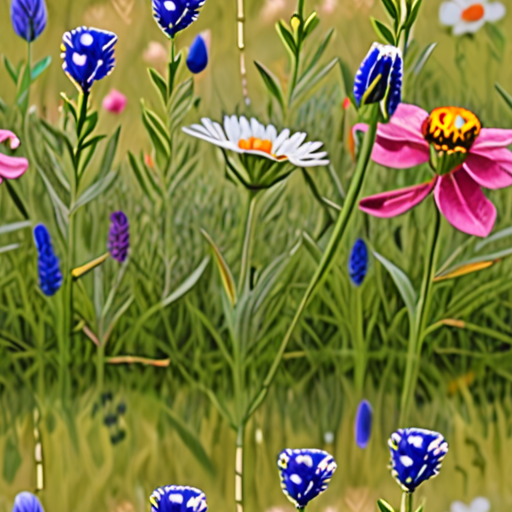
Starting Your Art Project
To begin your art project, follow these organized steps:
- Define Your Vision:** Start by envisioning your artwork. Consider the theme, style, and purpose of your project. Sketch your ideas on paper to guide your creation.
- Gather Materials:** Collect essential tools and materials. For example, cardboard, paint, scissors, glue, rulers, and canvas or wall space.
- Create a Prototype:** Experiment with shapes and textures. Cut out patterns from cardboard and test different colors to find your preferred aesthetic.
- Paint and Decorate:** Use acrylic paints or spray paint to color your designs. Mix colors to achieve your desired palette and apply them evenly.
- Assemble Pieces:** Secure the painted shapes together using glue. Take time to rearrange if necessary for better composition.
- Mount the Artwork:** Attach your completed piece to the wall using picture hooks or frames for added protection and display.
- Share and Reflect:** Document your artwork with photos and share on social media platforms. Seek feedback and celebrate your achievements!
Remember, every stroke brings you closer to your creative vision. Embrace the process, and enjoy the journey of self-expression!



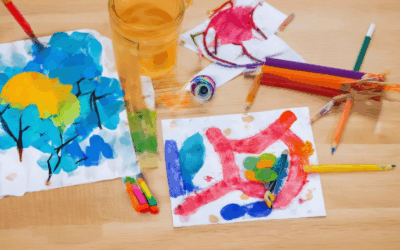
0 Comments